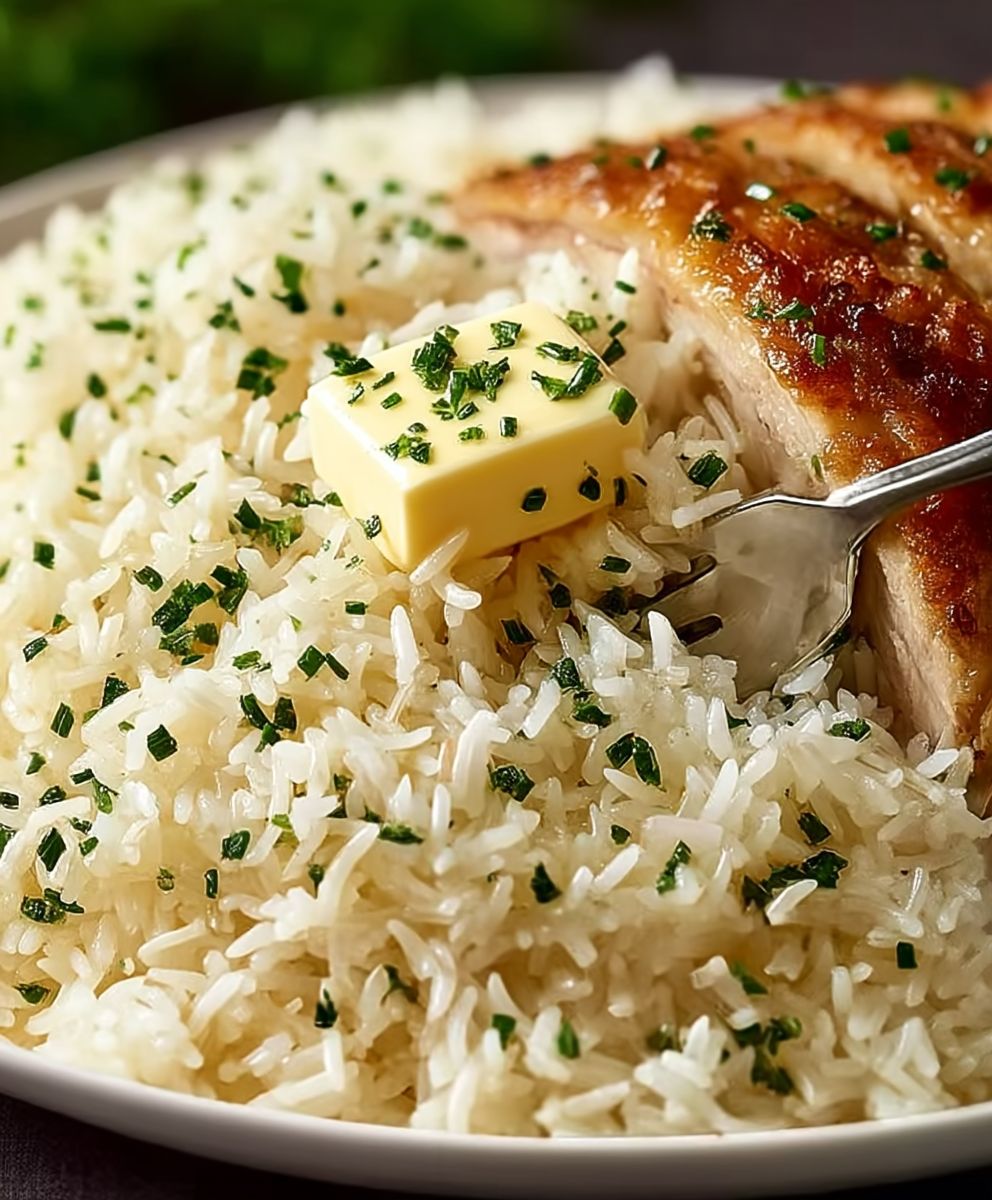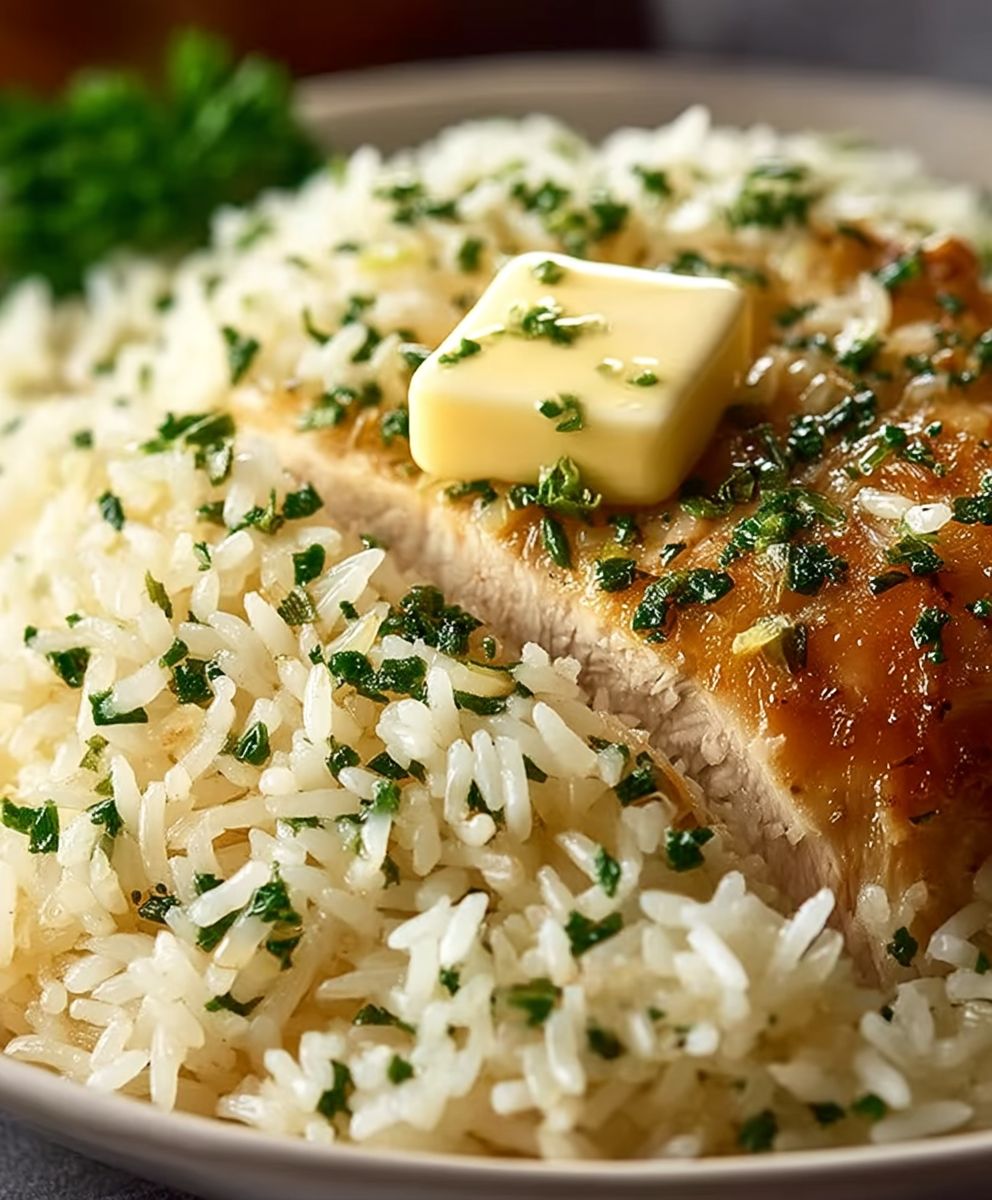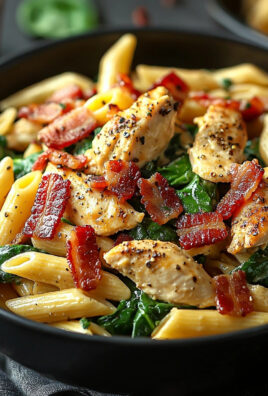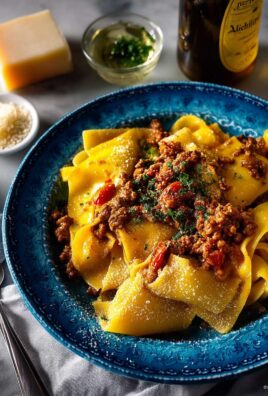Roast Turkey: the centerpiece of countless holiday feasts, a symbol of togetherness, and, let’s be honest, the star of the show! Have you ever wondered why this majestic bird holds such a prominent place on our tables? It’s more than just tradition; it’s about the aroma that fills the house, the golden-brown skin that promises crispy perfection, and the tender, juicy meat that melts in your mouth.
The history of roast turkey dates back centuries, with evidence suggesting that turkeys were domesticated in Mexico as early as 200 BC. They eventually made their way to Europe and then back to America with the Pilgrims. While not the sole dish at the first Thanksgiving, turkey quickly became associated with the holiday, solidifying its place in American culinary culture.
But why do we love it so much? Beyond the historical significance, the appeal lies in the experience. The anticipation builds as the turkey roasts, slowly transforming into a culinary masterpiece. The taste is a symphony of flavors savory, rich, and subtly sweet. The texture is equally delightful, a contrast between the crispy skin and the succulent meat. And let’s not forget the leftovers! Turkey sandwiches, turkey pot pie, turkey soup the possibilities are endless. So, get ready to learn how to create the perfect roast turkey, a dish that will impress your family and friends and become a cherished tradition for years to come.
Ingredients:
- 1 (12-14 pound) turkey, fresh or frozen (thawed completely)
- 1 tablespoon olive oil
- 1 large onion, quartered
- 2 carrots, roughly chopped
- 2 celery stalks, roughly chopped
- 4 cloves garlic, smashed
- 1 lemon, quartered
- Fresh herbs (such as rosemary, thyme, and sage), about 4 sprigs each
- 1/2 cup (1 stick) unsalted butter, softened
- 2 tablespoons dried poultry seasoning
- Salt and freshly ground black pepper, to taste
- 4 cups chicken broth, plus more as needed
- 1/2 cup dry white wine (optional)
- 2 tablespoons all-purpose flour (for gravy, optional)
Preparing the Turkey:
- Thawing the Turkey: If you’re using a frozen turkey, make sure it’s completely thawed. The safest way to thaw a turkey is in the refrigerator. Allow about 24 hours of thawing time for every 5 pounds of turkey. So, a 12-pound turkey will take about 2-3 days to thaw in the fridge. Place the turkey in a large pan or container to catch any drips. You can also thaw it in cold water, changing the water every 30 minutes, but this requires more attention.
- Brining (Optional but Recommended): Brining the turkey will result in a much juicier and more flavorful bird. If you choose to brine, do so for at least 12 hours, but no more than 24 hours. Here’s a simple brine recipe:
- 1 gallon cold water
- 1 cup kosher salt
- 1/2 cup sugar (brown or granulated)
- 2 tablespoons black peppercorns
- 4 cloves garlic, smashed
- 2 bay leaves
- Optional: Orange or lemon slices, fresh herbs
Combine all brine ingredients in a large pot and stir until the salt and sugar are dissolved. Submerge the turkey completely in the brine. You may need to weigh it down with a plate or pot lid. Refrigerate for 12-24 hours. After brining, rinse the turkey thoroughly and pat it dry.
- Preheating the Oven: Preheat your oven to 450°F (232°C). This initial high temperature helps to brown the skin.
- Preparing the Turkey for Roasting: Remove the giblets and neck from the turkey cavity. Rinse the turkey inside and out with cold water. Pat it completely dry with paper towels. Drying the skin is crucial for achieving crispy skin.
- Stuffing the Cavity: Stuff the turkey cavity with the quartered onion, chopped carrots, chopped celery, smashed garlic, lemon quarters, and fresh herbs. These aromatics will infuse the turkey with flavor as it roasts.
- Preparing the Butter Mixture: In a small bowl, combine the softened butter, poultry seasoning, salt, and pepper. Mix well until everything is evenly distributed.
- Loosening the Skin: Gently loosen the skin from the breast meat. You can do this by sliding your fingers between the skin and the meat, starting at the neck cavity. Be careful not to tear the skin.
- Applying the Butter Mixture: Rub about two-thirds of the butter mixture under the skin of the breast meat. This will help to keep the breast meat moist and flavorful. Rub the remaining butter mixture all over the outside of the turkey skin.
- Trussing the Turkey (Optional): Trussing the turkey helps it cook more evenly and gives it a more appealing shape. To truss, use kitchen twine to tie the legs together. You can also tuck the wing tips under the body of the turkey.
Roasting the Turkey:
- Placing the Turkey in the Roasting Pan: Place the turkey in a large roasting pan. If you have a roasting rack, use it to elevate the turkey above the bottom of the pan. This will allow for better air circulation and prevent the bottom of the turkey from becoming soggy.
- Adding Liquid to the Pan: Pour 4 cups of chicken broth into the bottom of the roasting pan. You can also add the dry white wine at this point, if using. The liquid will help to create steam and keep the turkey moist.
- Initial Roasting: Place the roasting pan in the preheated oven. Roast the turkey at 450°F (232°C) for 30 minutes. This initial high heat will help to brown the skin.
- Reducing the Oven Temperature: After 30 minutes, reduce the oven temperature to 325°F (163°C).
- Roasting Time: Continue roasting the turkey for approximately 3-4 hours, or until a meat thermometer inserted into the thickest part of the thigh registers 165°F (74°C). The exact roasting time will depend on the size of your turkey. A general rule of thumb is to roast for about 13 minutes per pound.
- Basting the Turkey: Baste the turkey with the pan juices every 30-45 minutes. This will help to keep the skin moist and flavorful. If the pan becomes dry, add more chicken broth as needed.
- Preventing Over-Browning: If the turkey skin starts to brown too quickly, you can tent it with aluminum foil. This will help to prevent it from burning.
- Checking for Doneness: The most accurate way to check for doneness is to use a meat thermometer. Insert the thermometer into the thickest part of the thigh, making sure not to touch the bone. The turkey is done when the thermometer registers 165°F (74°C). You can also check for doneness by piercing the thigh with a fork. If the juices run clear, the turkey is done.
Resting and Carving the Turkey:
- Resting the Turkey: Once the turkey is cooked, remove it from the oven and let it rest for at least 20-30 minutes before carving. This allows the juices to redistribute throughout the meat, resulting in a more moist and flavorful turkey. Tent the turkey loosely with aluminum foil while it rests.
- Carving the Turkey: Place the turkey on a large cutting board. Start by removing the legs. Use a sharp knife to cut through the skin and joint connecting the leg to the body. Separate the thigh from the drumstick at the joint.
- Removing the Wings: Remove the wings by cutting through the skin and joint connecting the wing to the body.
- Carving the Breast: Carve the breast meat by slicing it thinly, starting from the top of the breast and working your way down. Angle the knife slightly to create even slices.
- Serving: Arrange the carved turkey on a platter and serve immediately.
Making the Gravy (Optional):
- Skimming the Fat: After removing the turkey from the roasting pan, pour the pan juices into a fat separator. If you don’t have a fat separator, you can carefully skim the fat from the top of the pan juices using a spoon.
- Making a Roux: In a saucepan, melt 2 tablespoons of butter over medium heat. Whisk in 2 tablespoons of all-purpose flour and cook for 1-2 minutes, stirring constantly, until the roux is smooth and golden brown.
- Adding the Pan Juices: Gradually whisk in the defatted pan juices, stirring constantly to prevent lumps from forming.
- Adding Chicken Broth: Add enough chicken broth to the gravy to reach your desired consistency.
- Simmering the Gravy: Bring the gravy to a simmer and cook for 5-10 minutes, stirring occasionally, until it has thickened to your desired consistency.
- Seasoning the Gravy: Season the gravy with salt and pepper to taste. You can also add a splash of cream or sherry for extra flavor.
- Straining the Gravy (Optional): For a smoother gravy, you can strain it through a fine-mesh sieve.
- Serving the Gravy: Serve the gravy hot with the carved turkey.

Conclusion:
So there you have it! This isn’t just another Roast Turkey recipe; it’s a roadmap to a truly unforgettable holiday centerpiece. From the perfectly crisp skin to the juicy, flavorful meat, every step is designed to deliver a turkey that will have your guests raving. I know roasting a whole turkey can seem daunting, but trust me, with this guide, you’ll be a pro in no time.
Why is this a must-try? Because it’s more than just a recipe; it’s about creating memories. It’s about the aroma filling your home, the anticipation building as the turkey roasts to golden perfection, and the joy of sharing a delicious meal with loved ones. This recipe simplifies the process, ensuring even a novice cook can achieve restaurant-quality results. We’ve focused on maximizing flavor and minimizing stress, so you can actually enjoy the holiday season instead of being stuck in the kitchen all day.
But the fun doesn’t stop there! Feel free to get creative with your serving suggestions. Classic gravy is always a winner, of course, but consider pairing your Roast Turkey with a cranberry-orange relish for a burst of brightness, or a savory mushroom stuffing for an earthy complement. For a unique twist, try serving it with roasted root vegetables like parsnips, carrots, and sweet potatoes, drizzled with a balsamic glaze. And don’t forget the sides! Creamy mashed potatoes, green bean casserole, and dinner rolls are all classic choices that will complete your holiday feast.
Looking for variations? You can easily adapt this recipe to suit your preferences. If you prefer a spicier flavor profile, add a pinch of cayenne pepper to the herb butter. For a smoky flavor, try using smoked paprika instead of regular paprika. And if you’re short on time, you can spatchcock the turkey (remove the backbone) to reduce the roasting time significantly. Another great variation is to brine the turkey overnight for even more moisture and flavor. Experiment with different herbs and spices to create your own signature Roast Turkey recipe!
I’m so excited for you to try this recipe and experience the magic of a perfectly roasted turkey. It’s a labor of love, but the results are well worth the effort. The satisfaction of presenting a beautiful, delicious turkey to your family and friends is truly unparalleled.
So, what are you waiting for? Gather your ingredients, preheat your oven, and get ready to create a holiday masterpiece. And most importantly, don’t forget to have fun! Cooking should be an enjoyable experience, so relax, put on some music, and savor the process.
Once you’ve tried this recipe, I’d love to hear about your experience! Share your photos and stories on social media using [Your Hashtag Here] and tag me [Your Social Media Handle Here]. Let me know what variations you tried, what sides you served, and what your guests thought. I’m always looking for new ideas and inspiration, and I can’t wait to see your culinary creations. Happy roasting!
Remember, the key to a perfect Roast Turkey is patience, attention to detail, and a whole lot of love. With this recipe as your guide, you’re well on your way to creating a holiday tradition that your family will cherish for years to come.
Roast Turkey: The Ultimate Guide to a Perfect Holiday Bird
Classic roasted turkey, brined for extra juiciness and flavor, with optional gravy. Perfect for Thanksgiving or any special occasion.
Ingredients
- 1 (12-14 pound) turkey, fresh or frozen (thawed completely)
- 1 tablespoon olive oil
- 1 large onion, quartered
- 2 carrots, roughly chopped
- 2 celery stalks, roughly chopped
- 4 cloves garlic, smashed
- 1 lemon, quartered
- Fresh herbs (such as rosemary, thyme, and sage), about 4 sprigs each
- 1/2 cup (1 stick) unsalted butter, softened
- 2 tablespoons dried poultry seasoning
- Salt and freshly ground black pepper, to taste
- 4 cups chicken broth, plus more as needed
- 1/2 cup dry white wine (optional)
- 2 tablespoons all-purpose flour (for gravy, optional)
- 1 gallon cold water
- 1 cup kosher salt
- 1/2 cup sugar (brown or granulated)
- 2 tablespoons black peppercorns
- 4 cloves garlic, smashed
- 2 bay leaves
- Optional: Orange or lemon slices, fresh herbs
Instructions
- Thaw the Turkey: If frozen, thaw completely in the refrigerator (24 hours per 5 lbs) or in cold water (changing every 30 minutes).
- Brine (Optional): Combine brine ingredients in a large pot, stirring until salt and sugar dissolve. Submerge turkey completely and refrigerate for 12-24 hours. Rinse thoroughly and pat dry.
- Preheat Oven: Preheat oven to 450°F (232°C).
- Prepare Turkey: Remove giblets and neck. Rinse inside and out with cold water. Pat completely dry.
- Stuff Cavity: Stuff the cavity with onion, carrots, celery, garlic, lemon, and fresh herbs.
- Prepare Butter Mixture: Combine softened butter, poultry seasoning, salt, and pepper in a small bowl.
- Loosen Skin: Gently loosen the skin from the breast meat.
- Apply Butter Mixture: Rub two-thirds of the butter mixture under the skin of the breast meat. Rub the remaining butter mixture all over the outside of the turkey skin.
- Truss (Optional): Truss the turkey with kitchen twine to tie the legs together. Tuck wing tips under the body.
- Place Turkey: Place turkey in a roasting pan, preferably on a roasting rack.
- Add Liquid: Pour 4 cups of chicken broth (and white wine, if using) into the bottom of the pan.
- Initial Roasting: Roast at 450°F (232°C) for 30 minutes.
- Reduce Temperature: Reduce oven temperature to 325°F (163°C).
- Roasting Time: Continue roasting for approximately 3-4 hours, or until a meat thermometer inserted into the thickest part of the thigh registers 165°F (74°C). (Approx. 13 minutes per pound).
- Baste: Baste with pan juices every 30-45 minutes. Add more chicken broth if the pan becomes dry.
- Prevent Over-Browning: Tent with aluminum foil if the skin browns too quickly.
- Check for Doneness: Use a meat thermometer in the thickest part of the thigh (165°F/74°C). Juices should run clear when pierced with a fork.
- Rest: Remove from oven and let rest for at least 20-30 minutes before carving. Tent loosely with foil.
- Carve: Place on a cutting board. Remove legs, separate thigh from drumstick. Remove wings.
- Carve Breast: Slice breast meat thinly, angling the knife slightly.
- Serve: Arrange on a platter and serve immediately.
- Skim Fat: Pour pan juices into a fat separator or skim fat from the top.
- Make Roux: In a saucepan, melt 2 tablespoons of butter over medium heat. Whisk in 2 tablespoons of all-purpose flour and cook for 1-2 minutes, stirring constantly, until the roux is smooth and golden brown.
- Add Pan Juices: Gradually whisk in the defatted pan juices, stirring constantly to prevent lumps from forming.
- Add Chicken Broth: Add enough chicken broth to the gravy to reach your desired consistency.
- Simmer: Bring to a simmer and cook for 5-10 minutes, stirring occasionally, until thickened.
- Season: Season with salt and pepper to taste. Add cream or sherry for extra flavor, if desired.
- Strain (Optional): Strain through a fine-mesh sieve for a smoother gravy.
- Serve: Serve hot with the carved turkey.
Notes
- Brining the turkey is highly recommended for a juicier and more flavorful bird.
- Drying the turkey skin thoroughly before roasting is crucial for achieving crispy skin.
- Use a meat thermometer to ensure the turkey is cooked to a safe internal temperature of 165°F (74°C).
- Resting the turkey after cooking allows the juices to redistribute, resulting in a more moist and flavorful bird.
- If the turkey skin starts to brown too quickly, tent it with aluminum foil to prevent burning.
- Adjust roasting time based on the size of your turkey.






Leave a Comment